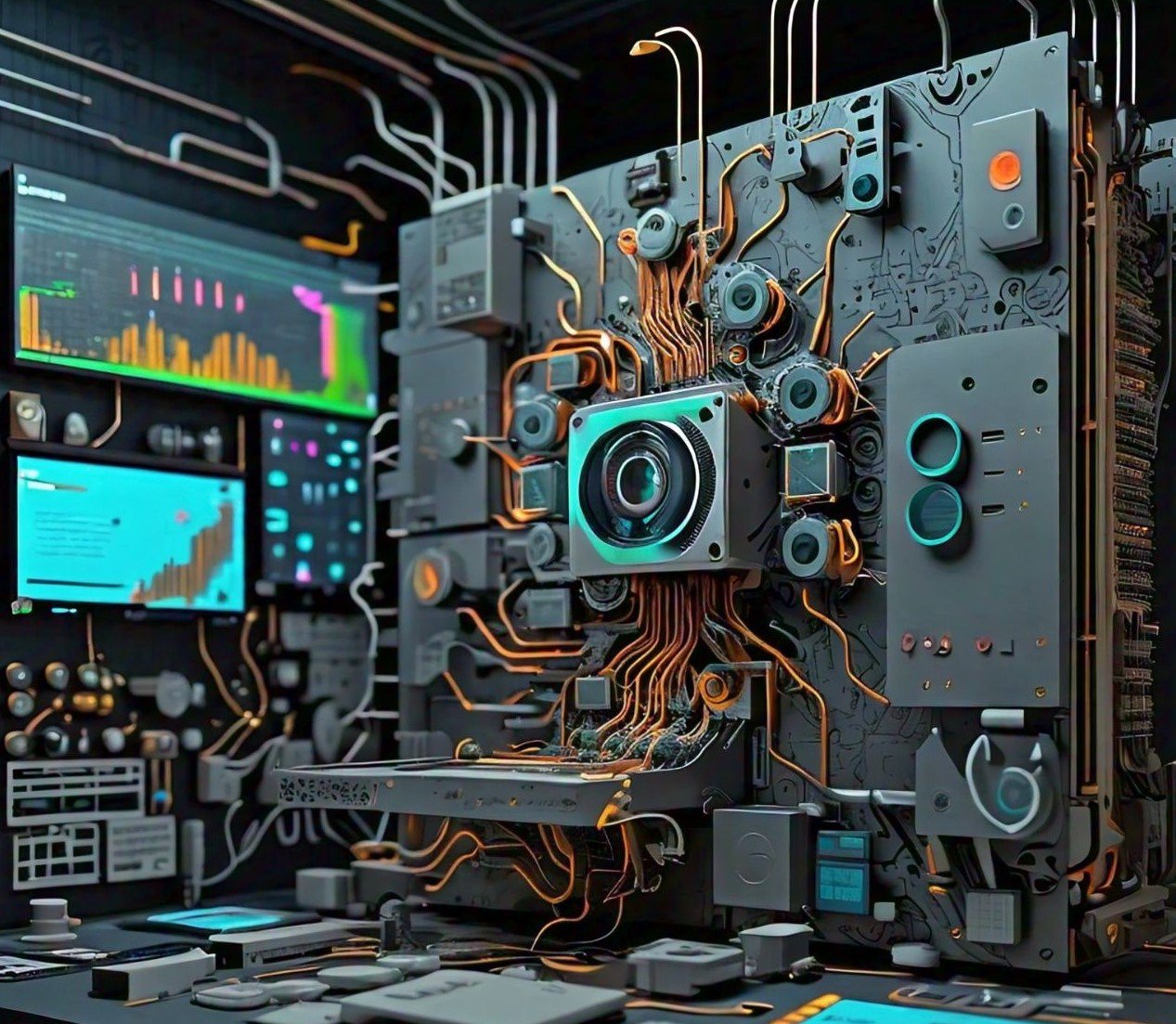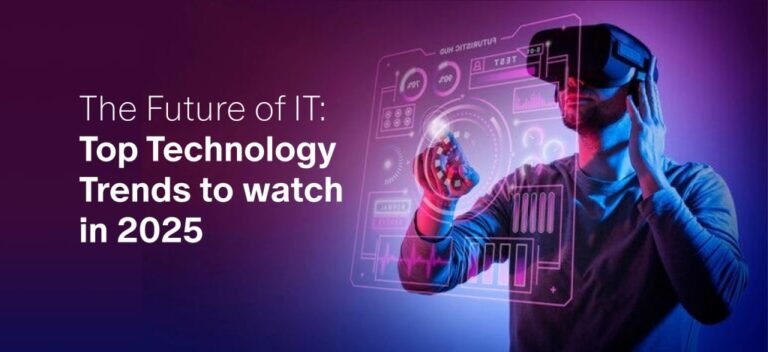The generative AI has opened a new era in media creation by generating very realistic images, videos and audio that are almost indistinguishable from human made content. There are multiple powerful technologies taking place behind the scenes to allow these things. NLP models are now able to write novels, but where is the content for that novel? Generative AI art makers have created some creative images. How about video or audio portrayal. In this article, we will examine the main technologies which have been instrumental in enabling this metamorphosis.
1. Deep Learning: The Backbone of Generative AI
Generative AI is the latest class of deep learning which develop a model using Algorithm that use backpropagation through time(BPTT) or any form of Variational Inference. Deep learning uses artificial neural networks, specifically convolutional neural networks (CNNs) for image and video generation; as well as recurrent neuron structures
This all changed with Generative Adversarial Networks (GANs): a certain class of deep learning models that involve two neural networks the generator, which generates the media and the discriminator, which evaluates how real this fake news is. This adversarial process make GANs among the most successful methods of generative image, video and audio generation.
Such as to create the output on GANs is for hyper-realistic portraits, landscapes and even fully synthetic humans in projects like “This Persons Doesn’t exist”. Those principles are the same ones that apply to generating deepfake videos; an AI model can lay one person’s face upon another, enabling the creation of incredibly convincing fake footage.
2. Natural Language Processing (NLP) for Text Generation
In the realm of textual media, it is NLP that made striking improvements in generative AI to create realistic written content. One of the most significant breakthroughs was transformers, a deep learning model architecture which can read input data in parallel rather than sequentially and as result is able to process large amount of text data very efficiently.
Built on the Transformer architecture, you are already aware that GPT-3 and as time goes by improved versions like GPT-4 can pen down compelling articles Dispatches True articles, essy as in non fiction including long-form or short-form journalism Articles | True Ants. pojoems Daily. It sounds strange but it is one virtually all of us are doing every week, across industries including journalism marketing and entertainment were the impact on content creation has been profound.
3. Large-Scale Data Availability and Training
Generative AI is able to create media that can pass for authentic by in part virtue of large-scale datasets. For media, AI models need to be trained on massive datasets in order to learn those patterns and structures. These are “train items” as they have text corpora, image files, videos or audio which the model uses to “learn”.
One example is AI trained on millions of images gathered from all across the web it can invent “new” photos by identifying and incorporating traits that are common to different categories such as objects, people, places.
On the other hand, text-generating models such as GPT are based on large corpora of books/web texts and so forth that allow them to generate sensible-sounding filled-in-the-blank contexts for what they output.
Like all AI models, the more diverse and implementation of training data result in a realistic looking generated content. The expansion of the online environment has exposed us to huge datasets; this, coupled with partnerships between research institutes and tech companies, have made large data sources accessible.
4. High-Performance Computing (HPC) and GPUs
High-performance computing (HPC) is another significant technology create to generative AI. Deep learning models like GANs or Transformers need large computational resources.
The introduction of the Graphics Processing Units (GPUs), and more recently, Tensor Processing Unites (TPU) have made it possible to train these models scale.
So far, to train AI models on the enormous datasets that it would take for creating lifelike media would require too much compute. They have made high performance compute resources available to researchers or developers from all around the world.
5. Advanced Image, Audio, and Video Processing Algorithms
The specific success that generative AI has in being able to generate very real-looking media is attributable more generally.
AI can generate realistic images and videos that are also in the style of the content e.g., super resolution, neural style transfer. For instance, you see how AI can produce images like those captured by a camera in the real world through photo-realistic textures and lighting effects as shown below with an example of Style GAN.
And in the audio realm, AI can use models like Wave Net to generate high-quality human-like speech. These models can generate highly dynamic audio by recognizing the subtleties of human vocal patterning, accents and emotive register.
6. Reinforcement Learning and Self-Supervised Learning
Advances in reinforcement and self supervised learning have also been create to generative AI. Unsupervised learning: Unlike the traditional supervised or semi-supervised approach, unsupervised methods do not require any labelled information. In fact these algorithms enable a ML model to learn general patterns in unlabelled data thereby expanding the scope of data which can be fed into them for training.
Combining models that can learn from past experiences and obtain rewards based on the accuracy of their predictions, e.g. using reinforcement learning has improved decision making in generative AI road planning algorithms For instance, feedback through reinforcement learning allows AI models to calibrate their outputs according to what people are most likely intending or the particular specifications required for an activity/task at hand, making such results more genuine and context-friendly in nature.
Conclusion: The Future of Generative AI and Media Creation
This combination of deep learning, big data sets, high-powered computing and tailor-made algorithms has brought generative AI closer to being able to generate media that is indistinguishable from something made by a human. The technology has changed how media is produced, from photorealistic images and deepfake videos to coherent articles most people cannot tell are generated text (and even human-like voices).
And, with the continued evolution of generative AI there will certainly be more sophisticated tools that blur these this line between real and fake for new areas of creative expression or image creation or automation and purely personalized content. At the same time, this rapid progress also question of ethical use AI in creating misleading media and responsible development/governance.AI.








